Toyota is back in the game with a Mäkinen-designed all-wheel drive, three-cylinder turbocharged hot-hatch — and it’s a true badass!
Words and photos: René Vermeer
Toyota you mad lads — are you having a laugh? A Yaris? With a bodykit? When we first heard of the Gazoo Racing (GR) Yaris some time ago, it did seem a touch strange, having a large corporation such as Toyota announce the souping up of their eco-friendly, econobox, grandma-carting hatchback. However, when the first render dropped we became believers. It seemed as though Toyota just needed a badge to throw on the back of what would be a specialised, backward-engineered, road-going weapon, designed and built to homologate their WRC rally car. Ah, we get it now … With flashbacks to spritely homologation specials of the good ol’ days, we couldn’t wait to get our greasy mitts over the latest offering from Toyota — chuck us the keys would ya?
When you’re first in the same room as the GR Yaris, it takes you by surprise. You’re expecting a normal Yaris with larger wheels and some flares, but what you actually get is a hot-hatch, draped in wide arches with an incredibly aggressive and large front end. The wheels, measuring 18×8.5-inches are subtle being that they’re darker, and they’re wrapped in 225/40R18 Michelin Pilot Sport tyres — a road tyre that needs no introduction. Peeping through the front wheels, you’ll notice the Yaris is stopped by ginormous 356mm two-piece front discs, with four-piston motorsport-inspired calipers. At a first glance, you’d think the chief designer of this weapon had attended a motorsport event or two — and you’d be correct, as that gentleman is the one and only Tommi Mäkinen. Interestingly, before driving the GR Yaris, the reviews we had been seeing compared the new platform to the last 4G63-powered Mitsubishi Evo: the Evo IX. Considering who the man behind the production of this vehicle is, this now makes complete sense.
We’re going to be straight up with you. If you’re a larger, taller human, the Yaris might not be for you. It’s still, after all, a Yaris, and some would still struggle with headroom after climbing into the cabin with the seat position at its lowest. However, all of that is soon forgotten as you put your foot on the brake pedal and hit the ‘start’ button — with the three-cylinder, turbocharged, direct-injection, 1600cc G16E-GTS engine roaring to life. How punchy can a small engine such as this be? When we heard it runs around 22–23psi of boost pressure, it all started to make sense. 200kW at the flywheel and 370Nm of torque is the result of this production car wizardry. What is instantly evident when you begin driving the Yaris, is the quality of the interior; it feels built to a much higher specification than the standard Yaris offering.
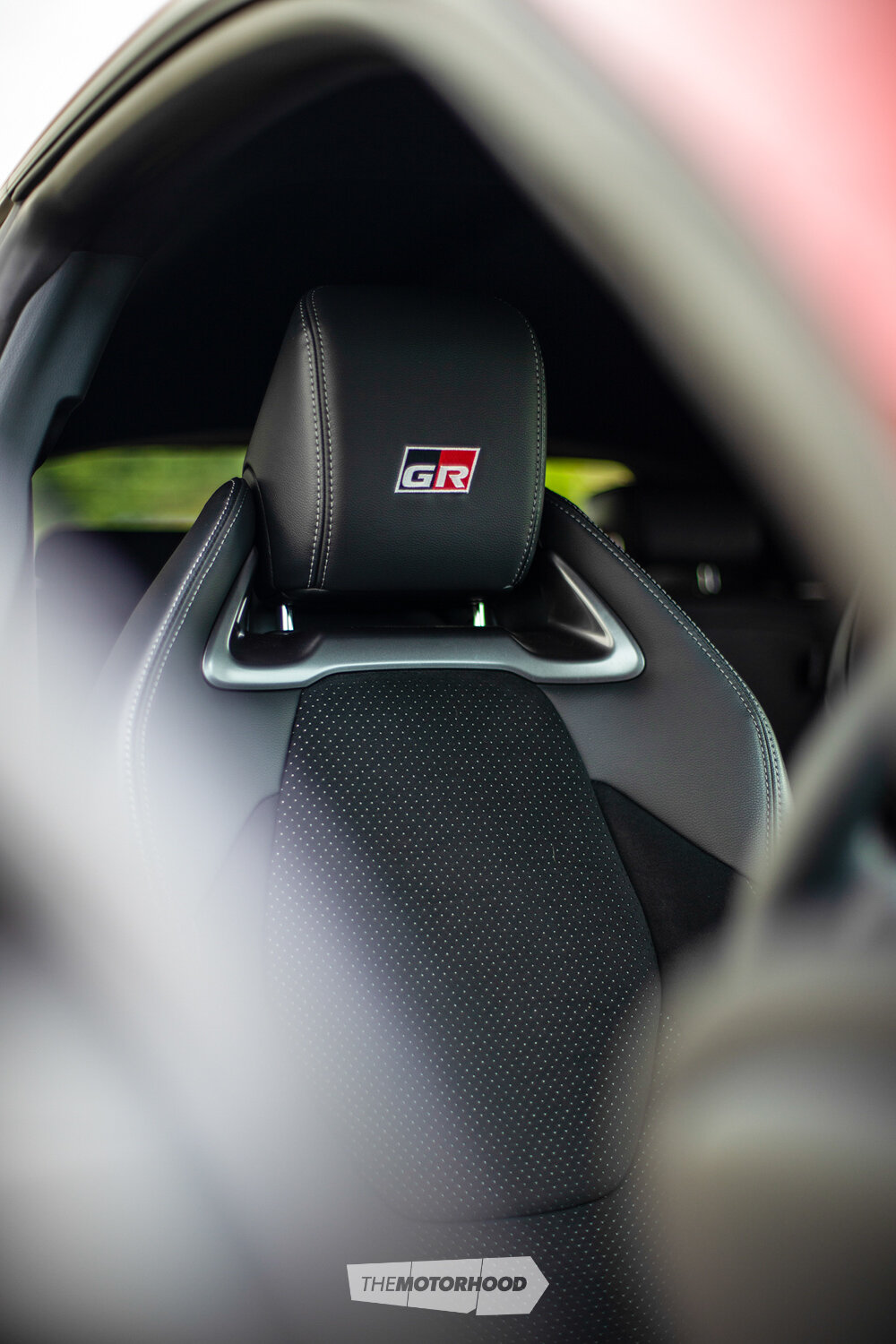
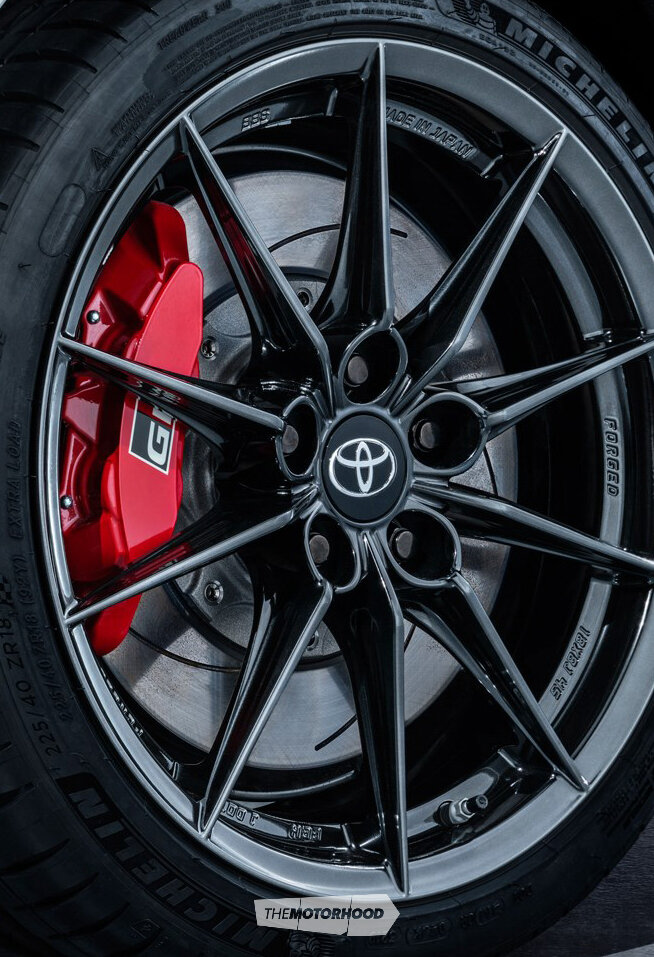
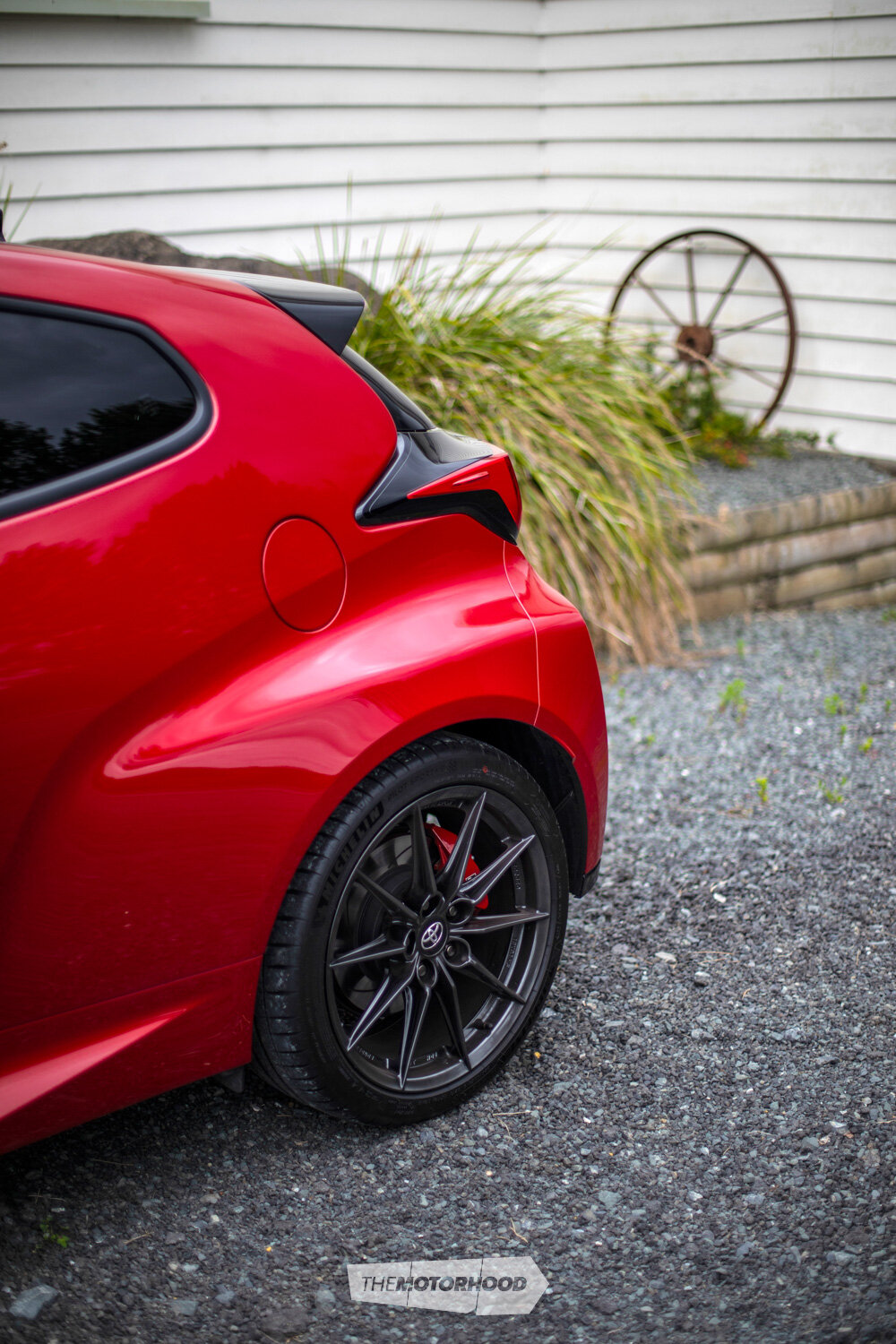
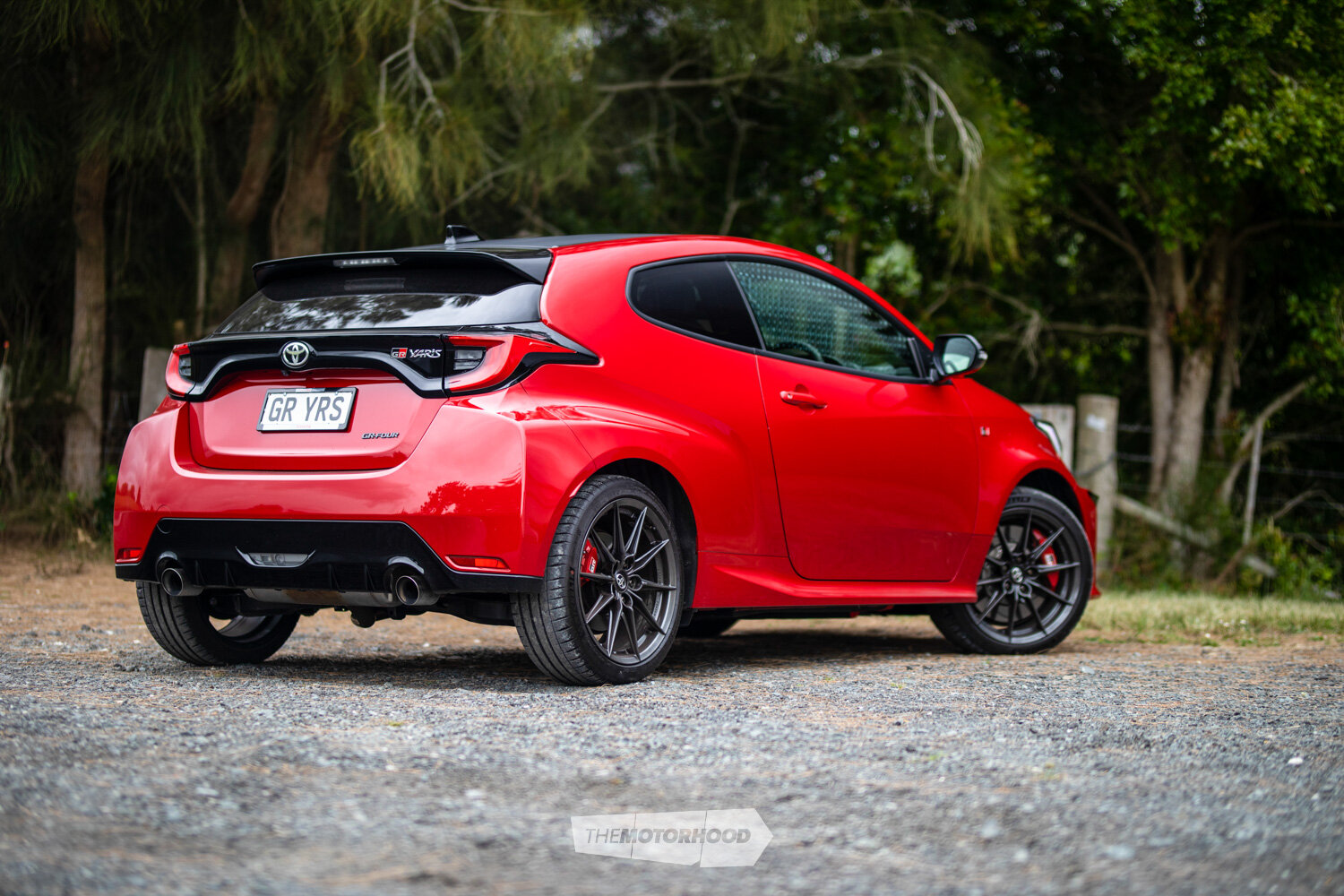
Come on, tell us — what is it like to drive?!
We could bore you with details such as how much luggage it can fit, what the fuel economy is like, and what it’s like to parallel park. However, this is NZ Performance Car, and you want us to ring its neck, so here we go. With no performance ‘modes’ for the engine, you’re left to experience what is next described as an old-school mechanical-feeling power delivery. Torque is what you can expect before the boost arrives, then it surges hard into the powerband around 3500–4000RPM, with torque slowly tapering off around 6500RPM — however, not noticeably so. When the boost comes on, you’re hit by the initial surge, but it is running around 23psi of boost pressure. Therefore, a split-second later, you can feel the full force when the turbo is up to speed — and the Yaris absolutely rockets forward. Guys and girls, we can confirm if your eyes were closed, you would feel as though you were in an Evo or WRX STi. In fact, something more closely comparable in our personal experience would be a GRB hatch WRX STi.
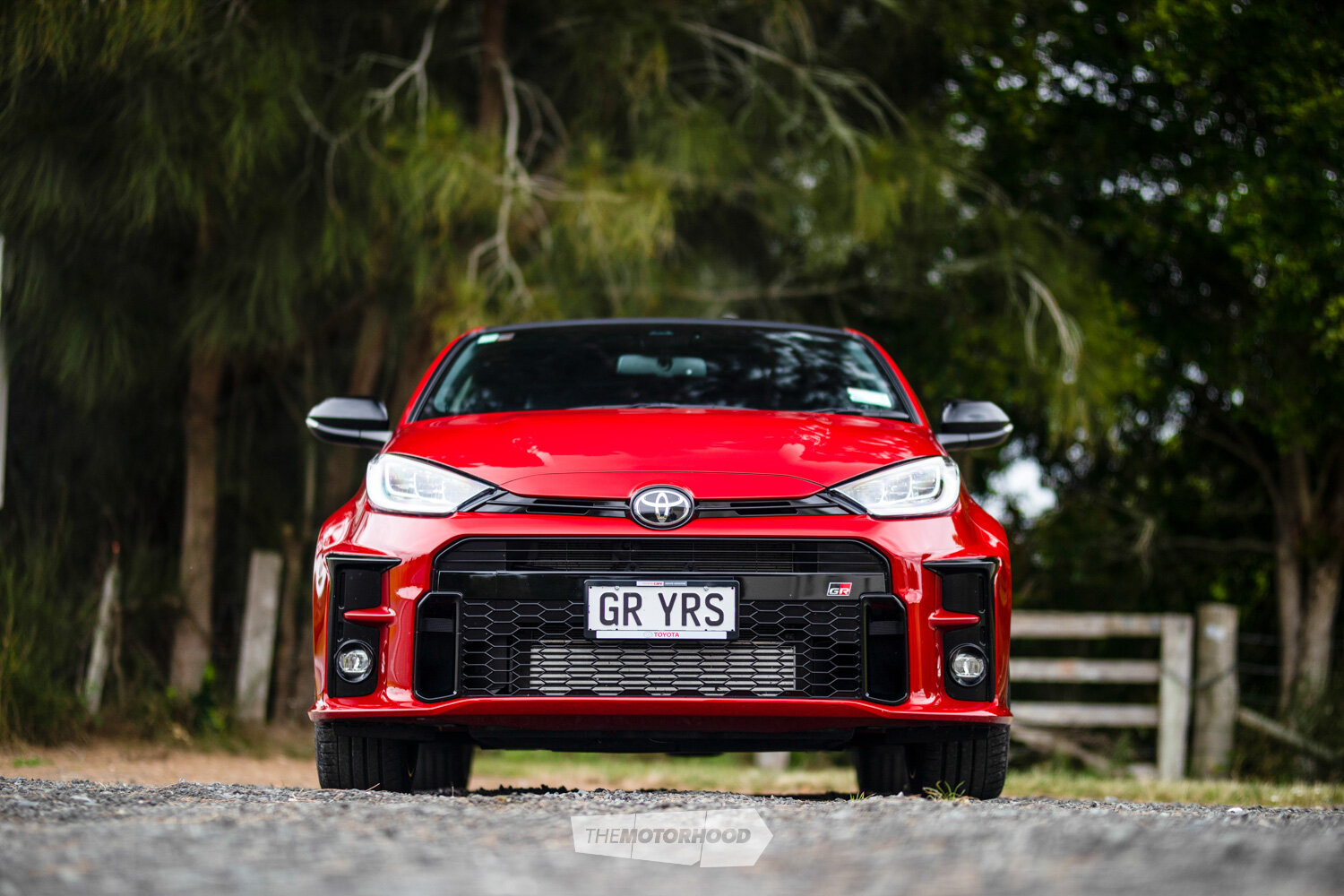
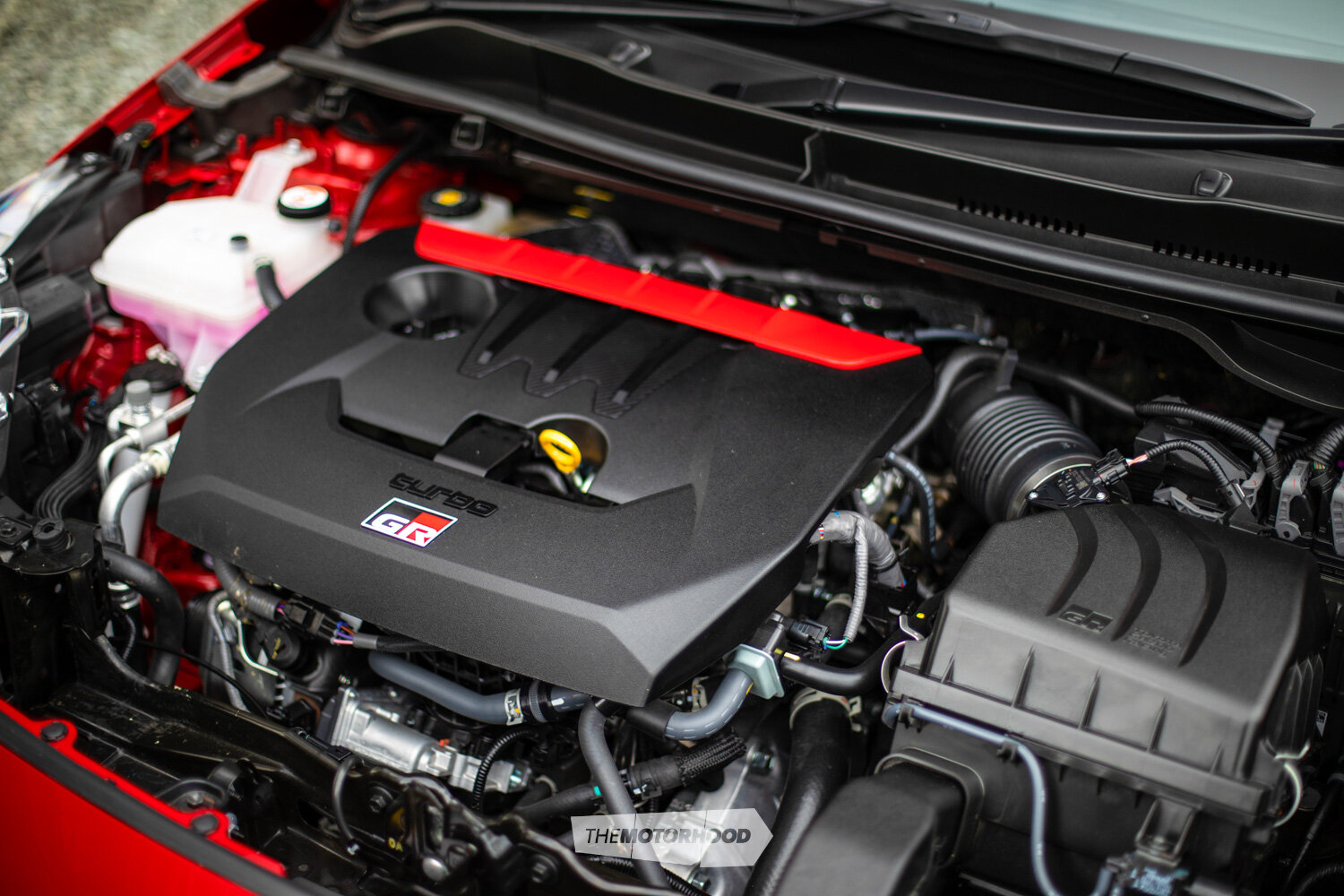
With a six-speed manual gearbox being the only option (thank you!), you have the ability to switch between three differential-split options. In theory, the electronically controlled multi-plate clutch could send 100 per cent of the power to either the front or rear. Instead, however, you have three predetermined options gifted to you by the GR team. ‘Normal’ mode is a 70:30 torque split with a front bias, ‘Track’ mode is a 50:50 even torque-split, and ‘Sport’ mode is a 30:70 split, with the rear getting a large majority of the output. Switching between modes is taken care of easily and in no time; you’re able to control the balance, turn-in, and overall fun-capabilities of this little menace. Covering back roads is done with such a pace, you forget completely that you’re in a Yaris. From a standstill, the Yaris needs to be launched the old-school way: bring the revs and the handbrake up, side-step the clutch with a controlled slip, and mash the gas. The result is a 0–100 in the mid five-second range, but when you pluck third gear it’s eager to continue the train-ride, until you either select the next gear, or get off at the next station — it just doesn’t stop. Handling is flat, turn-in confident, and we’d buy one in a heartbeat. As tuning enthusiasts, we can’t wait to see what people do to the Yaris. Already, HKS have tuned their demo car with an unopened engine to 475hp with 39.6psi of boost pressure — and nitrous oxide. Once more of them are delivered in 2021, we can’t wait to see how the local GR Yaris community grows — thank you Toyota for keeping the internal combustion, turbocharged fun going!
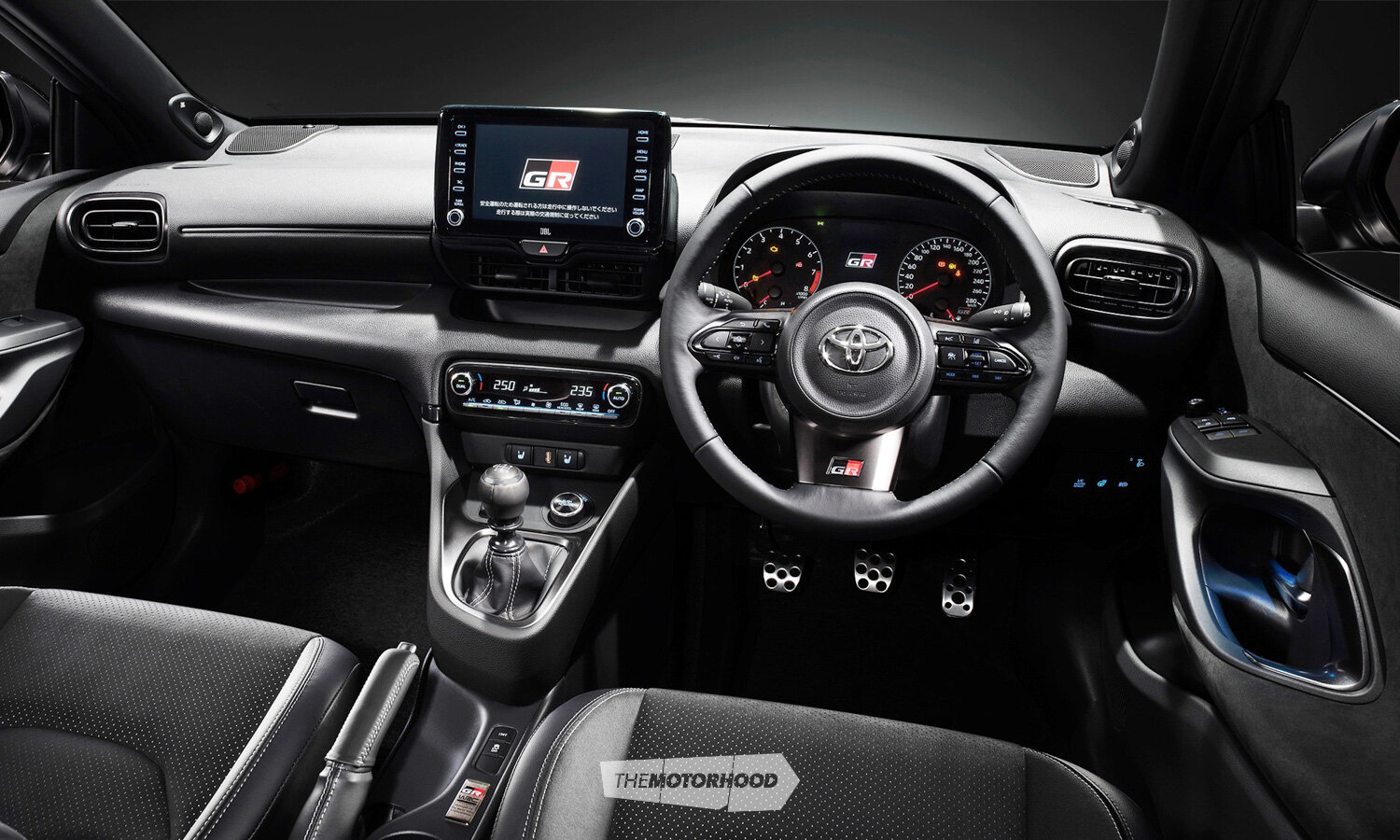
This article originally appeared in NZ Performance Car issue No. 289




